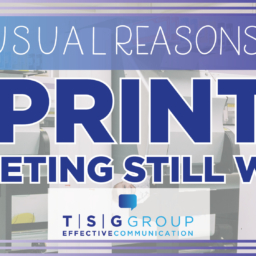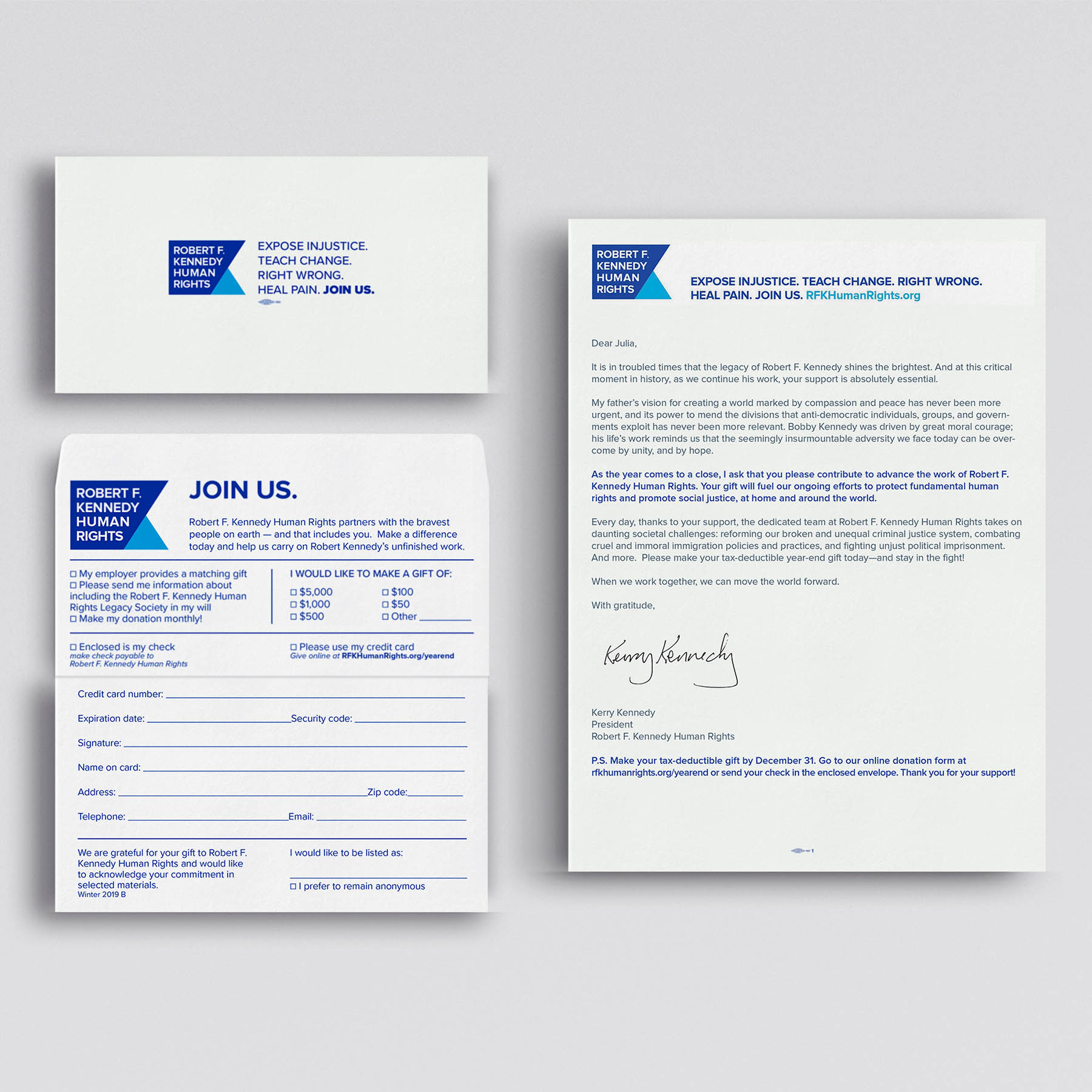
Is Direct Mail Still an Effective Method of Advertising?
In the modern age, more companies, particularly start-ups have shifted their marketing efforts into internet marketing solely. As email marketing becomes a dominant force in customer attraction and retention efforts, it makes more sense now than ever before to invest in direct mail. To help dispel some of the recent myths about millennials or the internet being the end-all-be-all of marketing, we’ve created a list of reasons why direct mail still works (and is in fact, better than ever).
High Response Rates For Direct Mail
The first and most obvious reason to use direct mail postcards is the incredibly high response rate. Multiple studies have been performed by the Direct Mail Association, The United State Postal Service, and other marketing agencies that show, time and time again, that direct mail advertising offers an incredible return on investment.
Some highlights from the studies that we’ve seen:
• 79% of households scan direct mail daily, 55% read all of their direct mail.
• 2.8 Billion direct mail coupons were redeemed last year alone.
• Depending on the industry, the response rate of direct mail varies from Department Stores getting the highest response rate of 18.7 percent and Auto Dealerships receiving a 2.8% response rate.
• The 2016 DMA state of the industry study suggests that direct mail drives a higher response rate than all digital channels combined by nearly 600%.
• The Canada Post Corporation’s study suggests that many direct mail recipients keep print materials for several days to a month or longer depending upon the industry. For example, higher retention rates for certain industries were as follows:
o product and service coupons (67%)
o restaurant menus (77%)
o promotional mail (41%)
o retail flyers (61%)
• An opinion poll taken among business leaders and professional marketers found that 74% of B2B marketers believe that direct mail is very effective.
Technology Augments Direct Mail
Technology should not be seen as the end of direct mail marketing. Instead, it should be used to enhance your direct mail campaigns. Instead of an “either/or” mentality of marketing your business on the internet or through more traditional routes, the combination of both can be used to improve the targeting and methods of all your marketing campaigns.
Tracking return on investment is vital in any marketing effort. Technology is making it even easier to track what consumers are doing with your direct mail campaigns. Using a few tricks can help you optimize your campaign to improve future marketing efforts. These include:
• Setting up a dedicated phone line and/or landing page on your website to see who is responding and to which postcards.
• Using a coupon code that is specific to each campaign group you set up.
• Using the information gathered to track your mailing list history for seasonal trends (if you mail in the offseason, does it help bring in customers) and demographic data.
Less Clutter to Cut Through
No matter what you thought of the recent tumultuous presidential election, one thing is clear, direct mail in political advertising is on the rise. Now that the election season is over, it is the perfect time to invest in direct mail. With less competition from political campaigns (from both blue and red candidates) consumers are now more likely to not send postcards to “the circular file.”
According to FEC filings, in just the presidential campaign alone, Donald Trump’s campaign alone spent $29 million dollars on direct mail. This figure, combined with spending from the Clinton campaign, state representative campaigns, local political campaigns, and special interest groups, meant a deluge of political mailing happening, particularly near the November election date.
This might sound bad to you. But now that the election is over, the American public has had time to recover. Mail levels are returning to their normal amounts and Americans are now starting to happily check their mailboxes for coupons and discounts from local businesses that they trust. In the stock market, they call this strategy, “buying the dip.” When a particular method of marketing isn’t being used heavily by political campaigns, your direct mail campaign will stand out more.










